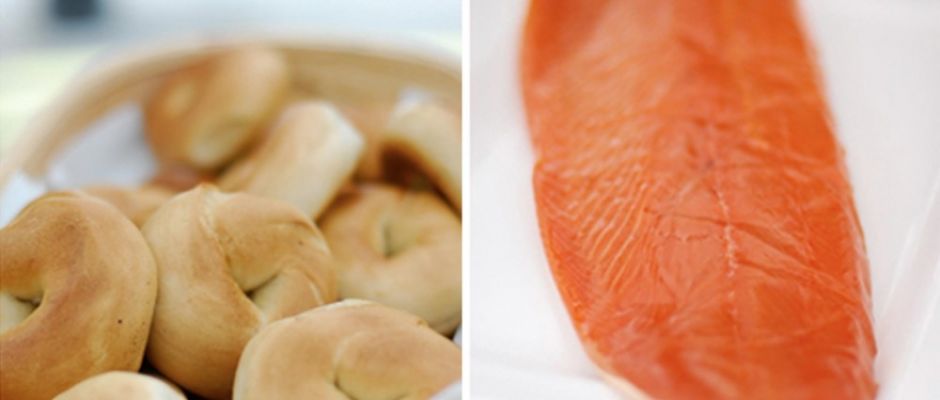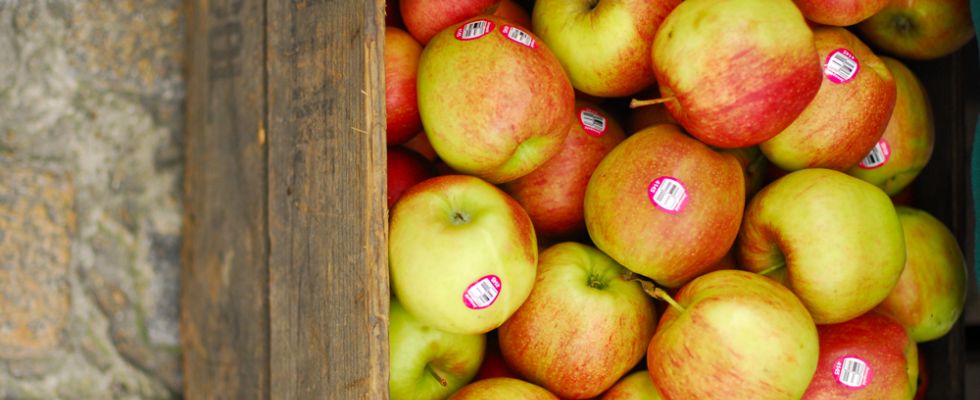Food Centred Thinking to Change the World
How to feed a city is the great conundrum of civilisation. And it's one that, with cities expanding faster today than at any other time in history, has never been more urgent.

With over half the global population already living in urban environments and an additional 1.3 million rural migrants joining them every week, we are seeing a fundamental shift in the core relationship of human society: that between city and country. Cities have always relied on the countryside for their sustenance, but in the past so few people lived in them (just three percent in 1800) that their ecological impact was limited. Today, the opposite is true. And if the future is truly urban, we urgently need to redefine what that means.
Of all the resources needed to sustain a city, none is more vital than food. Before industrialisation this was more obvious: the physical difficulty of producing and transporting food made its supply the dominant priority of every urban authority. No city was ever built without first considering where its food was to come from, and perishable foods, such as fruit and vegetables, were grown as locally as possible, most often in the city fringes. Fresh foods, including meat and fish, had to be consumed seasonally, with the excess preserved for winter by salting, drying or pickling. No food was ever wasted: leftover scraps were fed to pigs and chickens, and human and animal waste was collected and spread as fertiliser. The sights and smells of food - from unripe to ripe, raw to cooked, fresh to rotten - were omnipresent.
In the post-industrial era, however, things are very different. Today few of us witness the effort it takes to feed us, because industrialisation has hidden it from view. Railways in the 19th century emancipated cities from geography, making it possible to build them any size, any shape, any place. As cities sprawled, food systems industrialised in order to feed them, and, for the first time in history, the two grew apart. While architects and planners dreamed of building cities free from mess and smell, nascent agribusinesses strove for ever-greater 'efficiencies' in the food chain in order to maximise the vast profits to be made from supplying them with food. As a result, food production was increasingly located, not in or close to cities, but thousands of miles away, in places where natural resources and cheap labour could be most readily exploited.

One study reckoned the true cost of a hamburger made with industrial beef raised on cleared forest at $200. Our very concept of a city, inherited from a distant, predominantly rural past, assumes that the means of supporting urbanity can be endlessly extracted from the natural world. But can it? Food and agriculture today account for one third of global greenhouse gas emissions. 19 million hectares of rainforest are lost each year to agriculture, while a similar quantity of existing arable land is lost to salinisation and erosion. Seventy percent of the world's freshwater is used for farming, yet rivers and aquifers worldwide are running dry. Each calorie of food we consume in the West takes an average of ten to produce, yet one half of the food produced in the USA is wasted.
A billion people worldwide live in hunger, while a further billion are overweight, a third of those obese. Once you factor all the externalities, it becomes clear that 'cheap food' is no such thing. One study reckoned the true cost of a hamburger made with industrial beef raised on cleared forest at $200. (Raj Patel, The Value of Nothing: How to reshape market society and redefine democracy, Portobello 2009, p.44.)Industrialisation created the illusion that cities were independent, immaculate and unstoppable. Now that the illusion is wearing off, we need a new dwelling model: one that recognises the dominant role that cities play in the global ecology.
But how are we to arrive at such a model? Food is the key. Its influence is already everywhere around us: in our cities, landscapes, work patterns, social lives, domestic routines, politics, economics and ecological footprints. Indeed, food's influence is so profound that it is virtually synonymous with life itself. This gives it unique potential as a conceptual and practical medium. If we can learn to see through food, we can harness it as a social and physical tool to shape the world better.
My word for this approach is sitopia, or food-place (from the Greek sitos, food + topos, place). Unlike utopia, sitopia is achievable: indeed, we already live in one of sorts, albeit a very bad one, fashioned by the likes of Walmart and Tesco. The current sitopia was created in the pursuit of profit, not through any kind of social vision. Our task now is to reverse that: to create a good sitopia, based upon a vision of the sorts of communities we actually want to live in. We must use food as our guide to restore balance to our lives, to society, and to our relationship with nature. So how might that work?
Our first task must be to restore its true value to food. Look at any pre-industrial society, and you will see people thinking, not just about food, but through it. Food's proper place is not at the periphery of society, but at its heart. The route to a better, fairer, ecologically viable society therefore requires that we democratise food - which, in turn, demands economic reform. If the true costs of industrial food were internalised, not only would the 'right' food choices become mainstream, but corporate control of food would be loosened: a vital shift towards a more equable, sustainable world.
Freeing up the food system would also allow us to rethink the core relationship in society between city and country. The relative merits of urban and rural life have long been debated, with the majority of opinion (most of it city- based) deeming rural life to be somehow inferior. But, as Ebenezer Howard pointed out in his 1902 Garden Cities of Tomorrow, both urban and rural lifestyles have their good and bad points. The trick is to find ways of combining them that maximise the benefits and minimise the disadvantages of both.
Today, we face unprecedented global challenges. Yet we also have tools at our disposal that open up new ways of reconciling the urban paradox. Already satellite communication has dispelled one of the greatest obstacles facing country-dwellers in the past: social opportunity. Mobile phones, for instance, have transformed the lives of Masai cattle-ranchers in Kenya, who use them to get the latest information on local markets. The internet has also become a vital tool for creating local food networks in the industrial north, bringing a wide range of social, environmental and health benefits.
Of course food is not the only thing in life. But it remains a hugely potent medium for understanding life's complexity, and plotting a way through it. Whatever form human dwelling takes in the future, the urban-rural paradox will always be at its core, with food as its defining medium. How we choose to farm, shop, eat and cook in future is up to us. But our choices, multiplied many times over, will shape our shared destiny.


